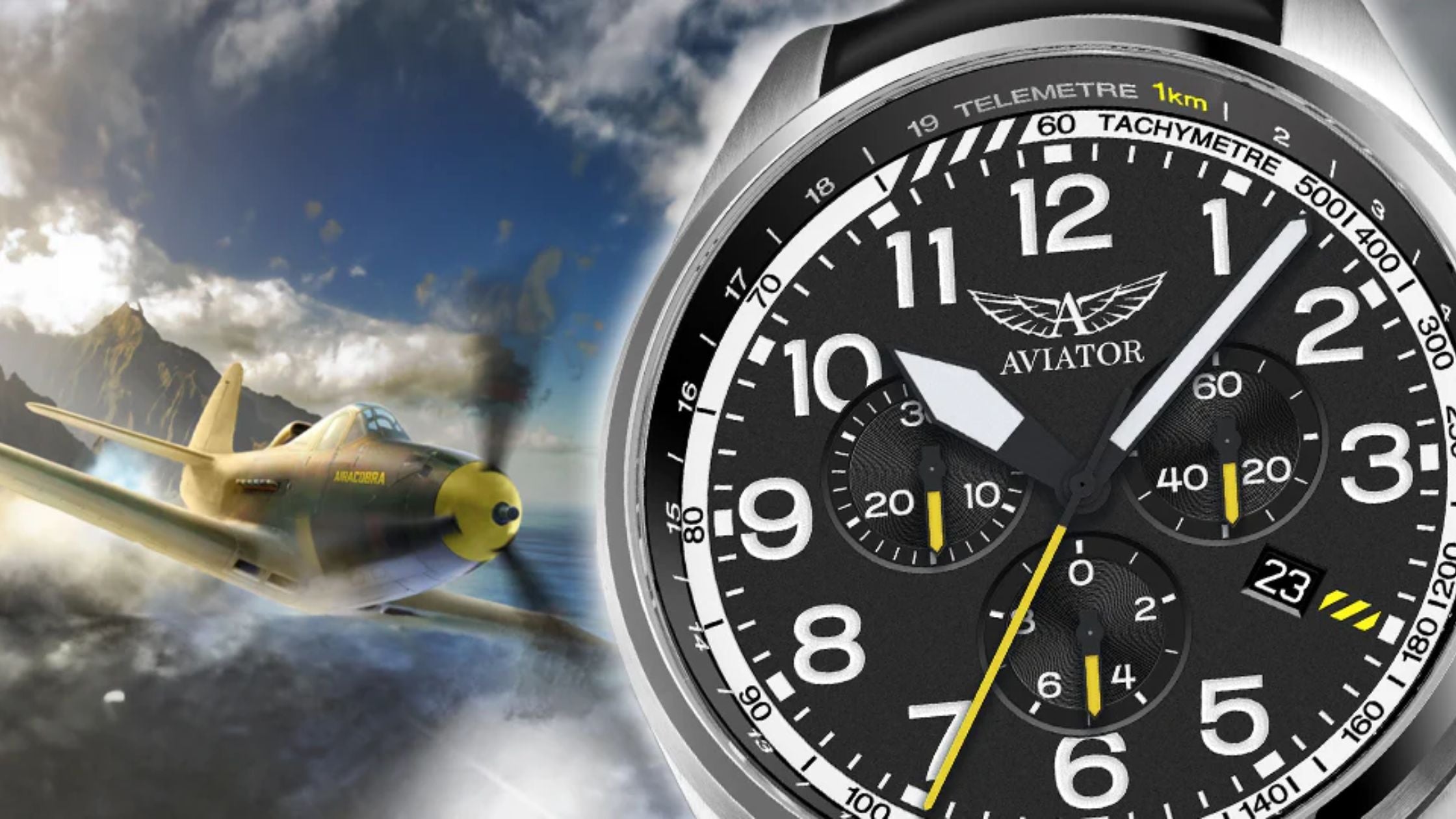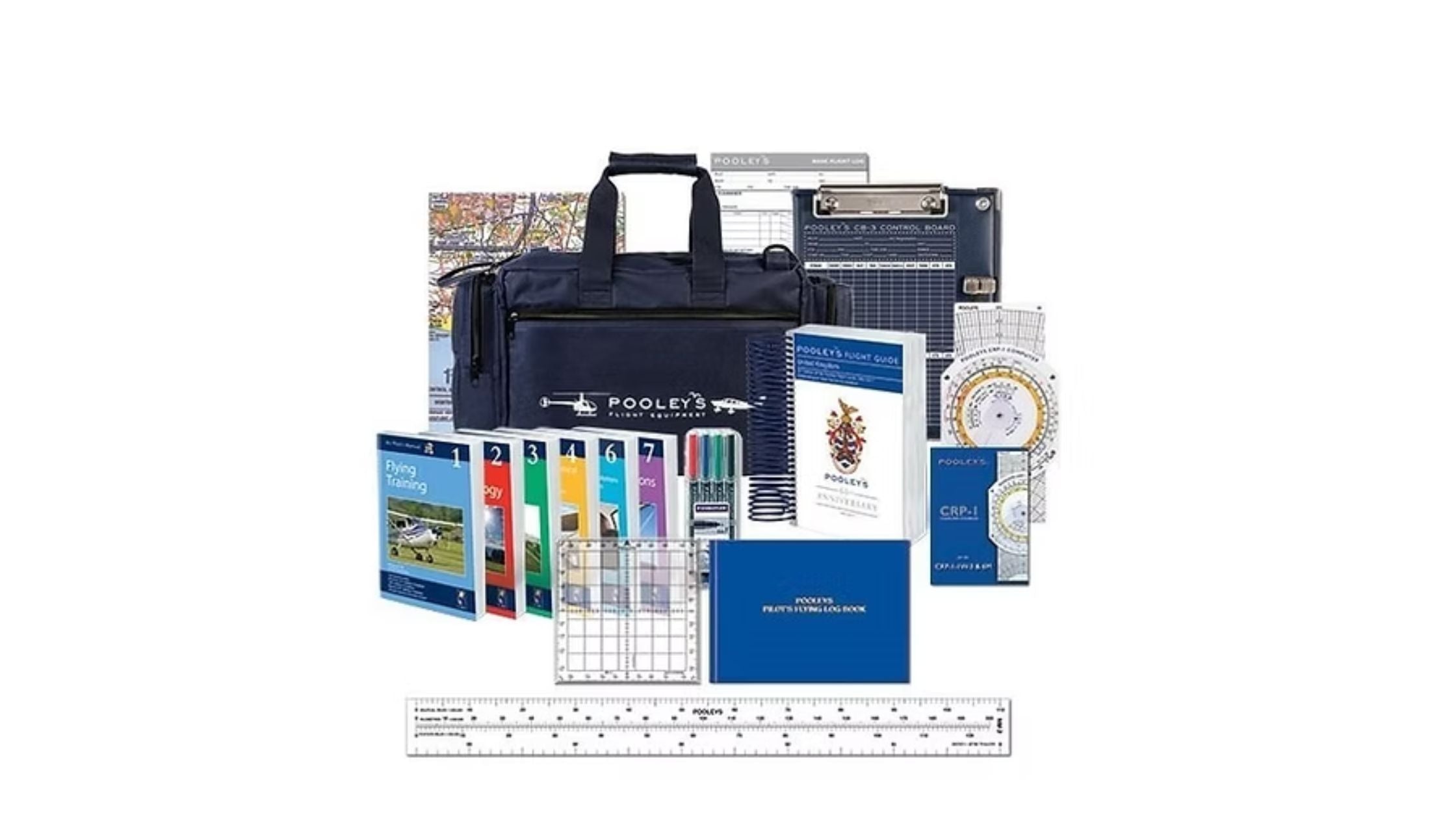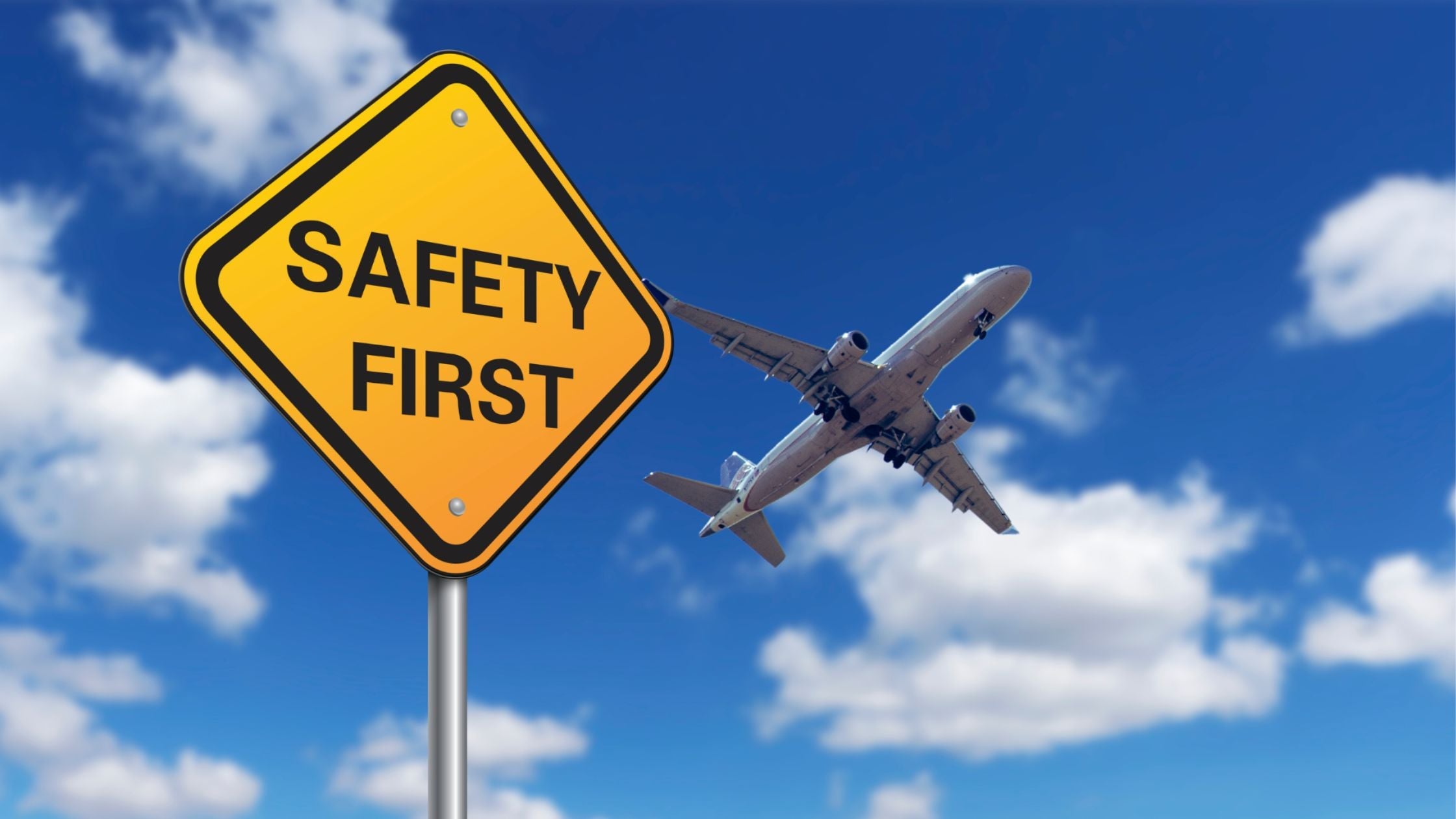
The History of Pilot Watches – And Why They’re Still Iconic Today
From the golden age of aviation to today’s glass cockpits, pilot watches have stood the test of time—both as essential tools in the cockpit and as symbols of adventure, precision, and style.
⏳ A Brief History of Pilot Watches
The roots of the pilot watch go back over a century. In 1904, Louis Cartier created the first true pilot’s watch for his friend Alberto Santos-Dumont, a pioneering aviator. At a time when pocket watches were the norm, Santos needed something he could read easily without removing his hands from the controls. Thus, the Cartier Santos was born—worn on the wrist, with large numerals and high contrast for quick readability.
By World War II, pilot watches had become standard military issue. These watches evolved to include features like:
-
Oversized crowns, easily adjusted with gloves
-
Large, luminous dials, for low-light visibility
-
Anti-magnetic cases, to withstand cockpit instrumentation
-
Hackable movements, allowing pilots to synchronize time
Brands like IWC, Longines, Breitling, and A.Lange & Söhne helped refine the tool watch for aviators, producing models like the B-Uhr (Beobachtungsuhr) and the now-legendary Navitimer.
🧭 Iconic Features That Still Matter Today
While modern aircraft come equipped with digital avionics, pilot watches remain beloved in aviation culture—not just for their heritage, but also for their practicality and enduring aesthetic. Here’s why:
1. Readability
Pilot watches are known for their uncluttered, high-contrast dials—essential for split-second reading at a glance, especially during critical phases of flight.
2. Functionality
Classic pilot watch features like chronographs, slide rules (for fuel consumption or distance calculations), and GMT complications are still useful, especially in general aviation and for international pilots.
3. Durability
Designed to withstand rapid altitude changes, pressure, and vibrations, pilot watches are engineered for performance in extreme environments—whether you're at FL350 or on the ground.
4. Symbolism
Even if you’re not flying today, a pilot watch connects you to a legacy of exploration and precision. It’s not just a tool—it’s a statement.
⌚ Modern Takes on a Timeless Classic
Today, pilot watches continue to evolve—honouring their heritage while embracing new technology and materials. From traditional mechanical chronographs to GPS-enabled smartwatches, there’s a version for every kind of flyer or enthusiast.
-
Citizen’s Skyhawk series offers atomic timekeeping and solar power, echoing the reliability pilots have always needed.
-
Seiko Flightmasters bring analogue slide rules into the modern cockpit, keeping the spirit of manual calculations alive.
-
For those leaning into the digital age, Garmin’s D2 line integrates aviation GPS, weather, and health tracking—turning the pilot watch into a cockpit companion on your wrist.
Prices for pilot watches today vary widely, from affordable classics under £150 to collector-grade timepieces that soar into the thousands. But whether mechanical or smart, vintage-inspired or cutting-edge, one thing remains the same: pilot watches continue to represent adventure, accuracy, and a deep respect for the skies.
🛍️ Why Pilots and Aviation Enthusiasts Still Wear Them
Pilot watches are more than just timepieces—they’re wearable stories. Whether you're a student pilot, commercial aviator, or simply passionate about aviation, owning a pilot watch is like carrying a piece of aviation history on your wrist.



Leave a comment
This site is protected by hCaptcha and the hCaptcha Privacy Policy and Terms of Service apply.